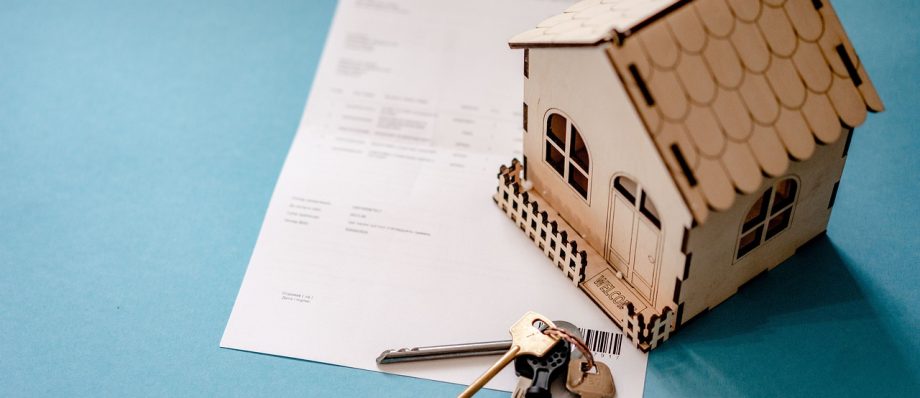5 Practical Steps to Assess Your Home Loan Qualification.
- October 19, 2024
- Buying Tips, Expert Tips
- 2 mins read
Buying property is a big financial decision and knowing how much you qualify for with a bank is essential. This guide walks you through the process of calculating your home loan affordability, focusing on using your gross income for bond repayments, and using a practical example. We'll also highlight the importance of considering additional costs like life cover and property insurance.
Step 1: Understand Your Gross Monthly Income
The first step is to calculate your gross monthly income—the total amount you earn before tax and deductions. In South Africa, banks typically use 30% of your gross monthly income to determine how much you can afford for bond repayments, ensuring that you can manage your bond without overextending yourself financially.
Example:
If you earn **R30,000** per month, the bank will allocate 30% for bond repayments: - 30% of R30,000 = R9,000
This means, with a gross monthly income of R30,000, you can afford bond repayments of **R9,000** per month.
Step 2: Calculate Loan Affordability with a Prime Interest Rate of 11.5%
Once you know how much you can pay monthly, you can use an online calculator to estimate your loan qualification using the current prime interest rate of 11.5%.
Example:
- Monthly bond repayment: R9,000
- Interest rate: 11.5%
- Loan term: 20 years
- Estimated bond amount: **R843,000.00**
With a monthly repayment of R9,000, you might qualify for a bond of **R843,000** at an interest rate of 11.5%.
Step 3: Factor in Additional Costs – Life Cover & Property Insurance
When calculating affordability, it’s crucial to remember that the monthly bond repayment isn’t the only cost you’ll face. Banks typically require **life cover** and **property insurance** as part of your home loan agreement. These additional costs can affect your overall budget, so it’s essential to factor them in.
Life Cover**: This insurance covers the outstanding bond amount if the borrower passes away, ensuring that the property is paid off, and the family isn’t burdened with the debt. Monthly premiums vary based on age, health, and coverage amount, but they can add a few hundred to a few thousand rands to your monthly expenses.
Property Insurance**: This insurance protects your home against damages from events like fire, flooding, or theft. Property insurance is mandatory for most home loans and can add another cost to your monthly repayments. The cost depends on the size and location of your property but typically ranges from **R300 to R800 per month**.
Example of Additional Costs:
- Bond repayment: R9,000
- Life cover: R500
- Property insurance: R500
- Total monthly cost: R10,000
In this example, your total monthly commitment is R10,000, which includes your bond repayment, life cover, and property insurance. Make sure you account for these additional costs when planning your home purchase to avoid financial strain.
Step 4: Get Pre-Approval from the Bank
Once you’ve calculated your potential bond amount and factored in additional costs, apply for pre-approval from your bank. Pre-approval will give you a better idea of how much the bank is willing to lend and whether you’re financially prepared for the full cost of homeownership.
Step 5: Do you have a Deposit?
Putting down a deposit can lower your bond amount and monthly repayments and make your application more favourable for approval.
For a more detailed understanding of the steps involved in buying a property, contact your local estate agent or speak with a bond originator to assist you with a preapproval.



